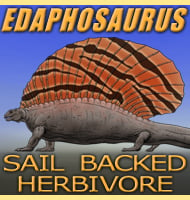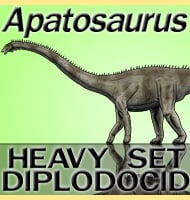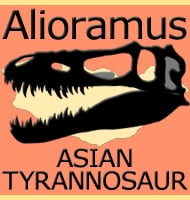In Depth
Discovered in 1972 by Dimitar Kovachev, Kalimantsia did not get named until 2001. Although based upon the description of a skull, Kalimantsia is known to have had a shorter snout than many other known chalicotheres, something that might suggest a foraging specialisation in tougher types of vegetation that required a stronger bite (an ability provided by the shorter muzzle allowing the jaw closing muscles to focus upon a smaller area). If correct then Kalimantsia might have been analogous to the short faced prehistoric kangaroos of Australia such as Procoptodon in terms of ecological niche.
The most striking feature of Kalimantsia is the high domed skull. This is quite unusual for a chalicothere when you consider that most of the known genera had heads proportioned similar to those of horses. This dome has been speculated to not only be for display but for use in head butting or pushing contests between two rival Kalimantsia. Another dome headed chalicothere is Tylocephalonyx from North America.
Further Reading
– New Chalicotheriidae (Perissodactyla, Mammalia) from the Late Miocene of Bulgaria. – Journal of Vertebrate Paleontology 21(3):596-606. – Denis Geraads, Spassov Nikolay & Dimitar Kovachev – 2001.








